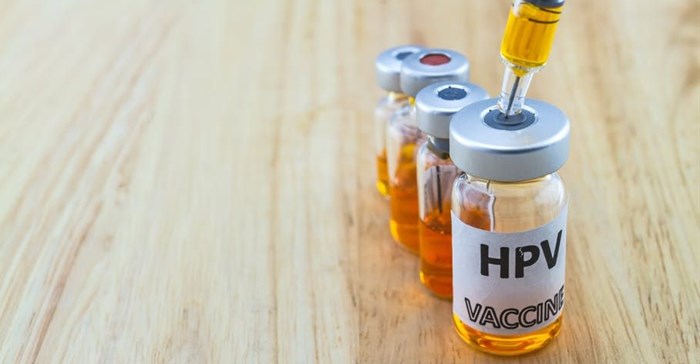
Cervical cancer is third-biggest killer among young women. Pittawut
In an effort to reduce rates of cervical cancer, a number of countries launched immunisation programmes in the late 2000s, starting with Austria in 2006. The UK and its devolved governments launched a school immunisation programme in 2008 to vaccinate all girls aged 12-13. To speed up the time lag associated with achieving the benefits of vaccination, they also kicked off a three-year catch-up programme for girls aged up to 18 years.
A decade on, we are finally able to publish the first results. The data relates to Scotland, since it was cervically screening women from the age of 20 until 2016 – before falling into line with the minimum age of 25 used in the rest of the UK. This meant that Scotland obtained screening data for the 2008-09 cohort before the change in screening age. Scotland also has very detailed information about take-up rates, which have been very high: running to approximately 90% in Scotland for the routinely vaccinated girls and 65% for the older girls vaccinated as part of the catch-up programme.
For the first time, we can now confirm that the vaccination programme has begun to profoundly alter the prevalence of HPV 16 and 18 among Scottish women – and presumably elsewhere as well.
The study
My team performed an eight-year study of the women eligible for the Scottish national vaccination and cervical screening programmes. We looked at their vaccination status, year of birth, indicators of deprivation and whether they lived in urban or rural areas. Using complex statistical modelling, we were able to calculate the effect of vaccination on cervical pre-cancer. Though not all pre-cancer becomes cancer, all cancer requires pre-cancer. Cervical pre-cancer occurs quicker than cancer and therefore this focus has allowed us to see the impact of the vaccine earlier.
Among women born in 1995-96 – the first group to go through the regular vaccination programme in 2008/09 – there has been an 88% reduction in rates of cervical pre-cancer. This is a fall in incidence from 1.44% to 0.17%.
Not only that, women born in these years who had not received the vaccine were also less likely to develop cervical pre-cancer. This was because the high vaccine uptake meant that HPV incidence was much lower in their age group, thanks to a phenomenon known as “herd protection”. This is particularly good news, since this group is also less likely to attend cervical screenings.
The findings clearly show that the routine HPV vaccination programme for girls aged 12 to 13 has been a resounding success. This is consistent with the fact that we have also seen a big fall in high-risk HPV infection in Scotland in recent years. The obvious conclusion is that we are going to see far fewer cases of cervical cancer in years to come.
From September, the UK is going to extend the vaccination programme to boys – becoming one of numerous countries to do so. This is in response to the fact that rates of head and neck cancer are rising in men: approximately 60% of head and neck cancer is associated with HPV16 infection, and should therefore be mostly preventable through vaccination. This programme should also mean that high-risk HPV infections among the population should be eliminated more quickly, which should have knock-on benefits for rates of HPV-driven cancers.
Meanwhile, in parts of Canada, HPV vaccinations are now being offered to uninfected women as part of the cervical screening process. This may protect older women from developing cervical cancer. This process may be adopted internationally, including the UK. When we look at the picture as a whole, eliminating the HPV virus, and making huge inroads into the various cancers that it helps develop, is now becoming a realistic possibility.
This article is republished from The Conversation under a Creative Commons license. Read the original article.

































